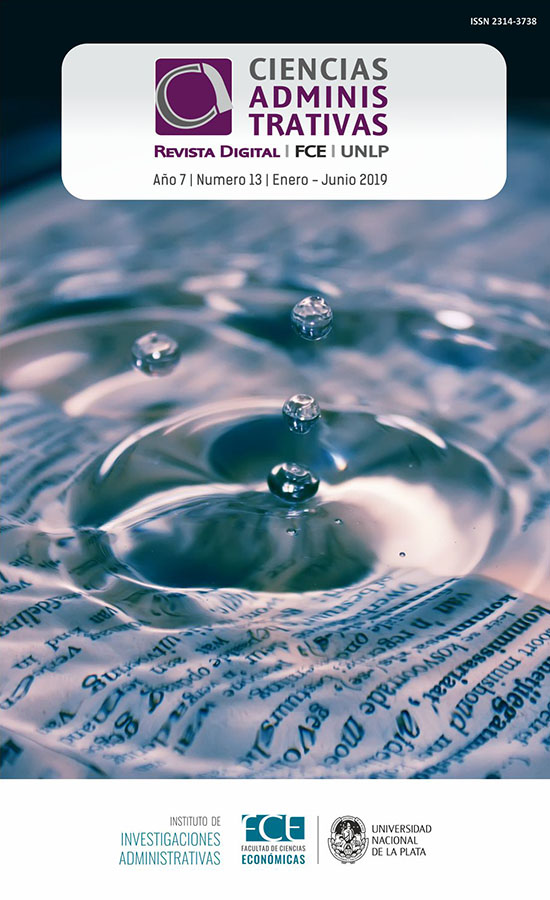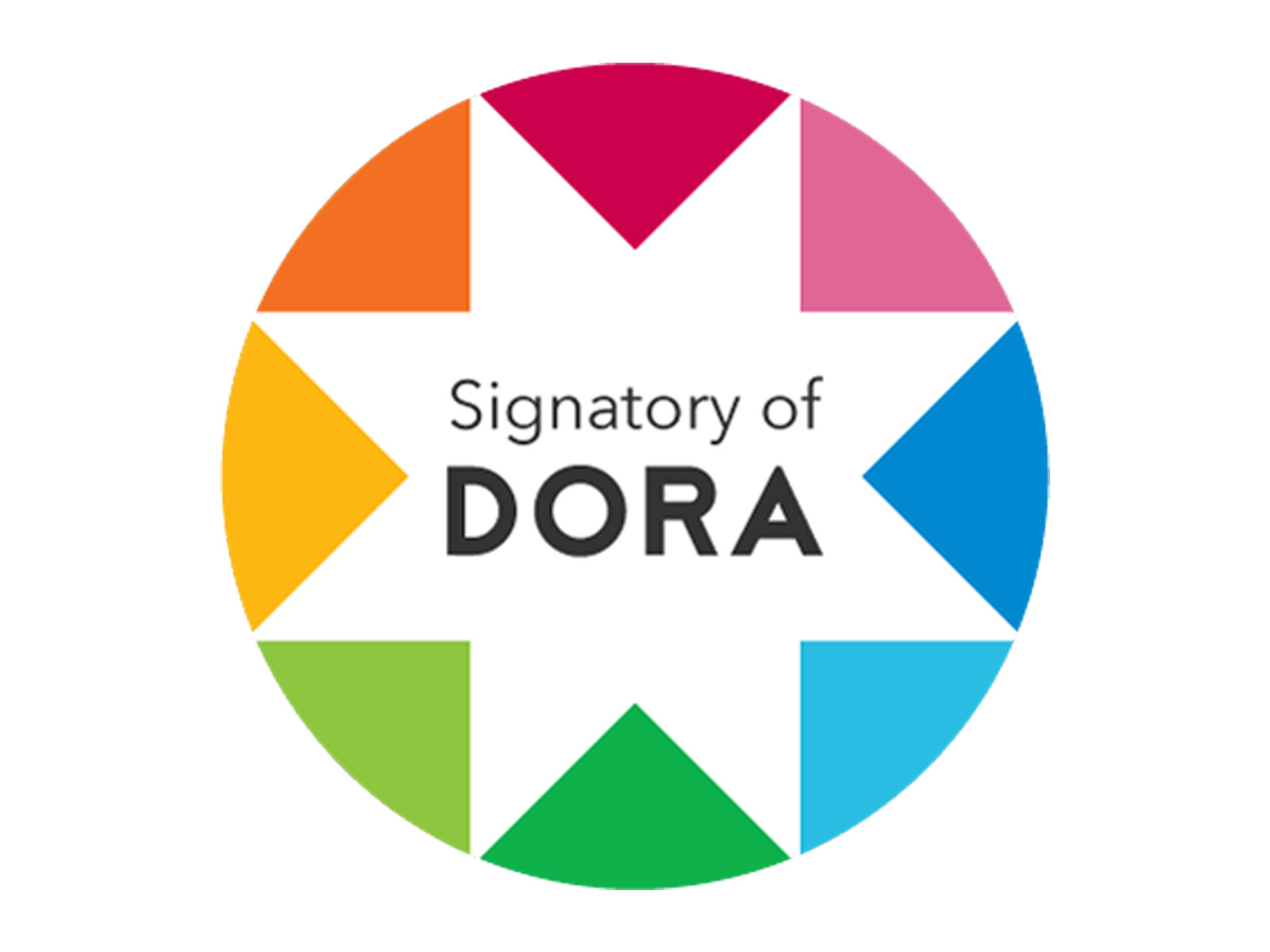Decision Goals and bounded rationality
DOI:
https://doi.org/10.24215/23143738e037Keywords:
Rationality;, Subjectivity;, Decision.Abstract
The decision making is the process that more studies treasures and it also attracts more specialists in different areas, as economist, consultants, engineers, psychologists, doctors, neurologists, even cardiologists, all these experts contribute to improve this process that is omnipresent in our lives. We are concerned about analyzing in this process, the qualification of rational or irrational according to different currents of thought, within the framework of the Decision Theory.
We will tackle a bit of history and characterization of the problematic of rationality that has been in force throughout the history of mankind. Beginning with the strong rationality: Mario Bunge (Argentine philosopher, analyzing the contributions of Herbert Simon and Daniel Kahneman Nobel Prizes), until reaching the Minimum Instrumental Rationality Theory (Elster, Pavesi.)
We will also distinguish moral and ethical concepts, badly linked to rationality.
We will present as final reflections the precepts of the Decision Theory and some criticisms of the Minimum Instrumental Rationality Theory, based on what has been researched and with the varied contribution of the selected authors, giving special importance to the weak aspects observed in said theory.
Downloads
Metrics
References
Alvin, P. (1998) Barriers and Bound to Rationality: Essays on Economic Complexity and Dynamics in Interactive Systems. Duncan K. Foley, Princeton, NJ: Princeton University Press
Bonatti, P. (Coord.) (2011). Teoría de la Decisión. Buenos Aires: Pearson- Prentice Hall.
Bunge, M. (1985). Racionalidad y Realismo. Madrid: Alianza Editorial. S.A.
Bunge, M. (1996). Intuición y razón. Buenos Aires: Editorial Sudamericana.
Bunge, M. (1999). Buscar la filosofía en las Ciencias Sociales. Buenos Aires: Siglo XXI Editores Argentina S.A.
Bunge, M. (2005). Buscar la filosofía en las ciencias sociales. México: Siglo XXI Editores.
Cherniak, C. (1986). Minimal Rationality. Cambridge: MIT Press.
DURVAN S.A. (1974) Gran Enciclopedia del mundo. España: Durvan S.A.
Elster, J. (1988) Uvas amargas. Sobre la subversión de la racionalidad. Barcelona: Editorial Península.
Elster, J (1989). Ulises y las sirenas. Estudios sobre racionalidad e irracionalidad. México: Fondo de Cultura Económica.
Elster, J. (1999). Juicios salomónicos. Las limitaciones de la racionalidad como principio de decisión. Madrid: Gedisa.
Habermas, J. (1990). Teoría de la acción comunicativa. Buenos Aires: Taurus. (Trabajo original publicado en 1981).
Horkheimer, M y Adorno, T. W. (2016). La dialéctica de la ilustración. España: Ed. Trotta S.A.
Kahneman, D. (2003). Maps of bounded rationality: Psychology for behavioral economics. The American Economic Review, 93(5), 1449-1475.
Kahneman, D. (2012). Pensar rápido, pensar despacio. Buenos Aires: Debate.
Pavesi, P.F.J (1997). Esbozo de una Teoría Mínima de la Racionalidad Instrumental Mínima. Trabajo presentado en las III Jornadas de Epistemología de las Ciencias Económicas, FCE-UBA, Buenos Aires.
Pavesi, P.F.J. (1998). Bunge y las Teorías de la Elección Racional: Una discusión. Trabajo presentado a las IV Jornadas de Epistemología de las Ciencias Económicas, FCE-UBA.
Simon, H. (1947). El comportamiento Administrativo. España: Aguilar.
Simon, H. (1957). El comportamiento administrativo. España: Aguilar
Simon, H. (1989). Naturaleza y límites de la razón humana. México: Fondo de Cultura Económica.
Simon, H. (1997a). Administrative Behaviour (4º Ed.). New York: Simon & Schuster Inc.
Simon, H. (1997b). An empirically based microeconomics. Cambridge, U.K.: Cambridge University Press.
Simon, H. (2003). Racionalidad limitada en las Ciencias Sociales: Hoy y Mañana (Trad. W. J. González y M. G. Bonome). En W. Gonzalez (Ed.), Racionalidad, historicidad y predicción en Herbert Simon. España: Wenceslo J.Gonzalez Editor.
Von Neumann, J y Morgenstern, O. (1947). Theory of Games and Economic Behavior. New York: Princeton University Press.
Downloads
Additional Files
Published
How to Cite
Issue
Section
License
Those authors who have publications with this journal, agree with the following terms:
a. Authors will retain its copyright and will ensure the rights of first publication of its work to the journal, which will be at the same time subject to the Creative Commons Atribución-NoComercial-CompartirIgual 4.0 Internacional (CC BY-NC-SA 4.0) allowing third parties to share the work as long as the author and the first publication on this journal is indicated.
b. Authors may elect other non-exclusive license agreements of the distribution of the published work (for example: locate it on an institutional telematics file or publish it on an monographic volume) as long as the first publication on this journal is indicated,
c. Authors are allowed and suggested to disseminate its work through the internet (for example: in institutional telematics files or in their website) before and during the submission process, which could produce interesting exchanges and increase the references of the published work. (see The effect of open Access)





































